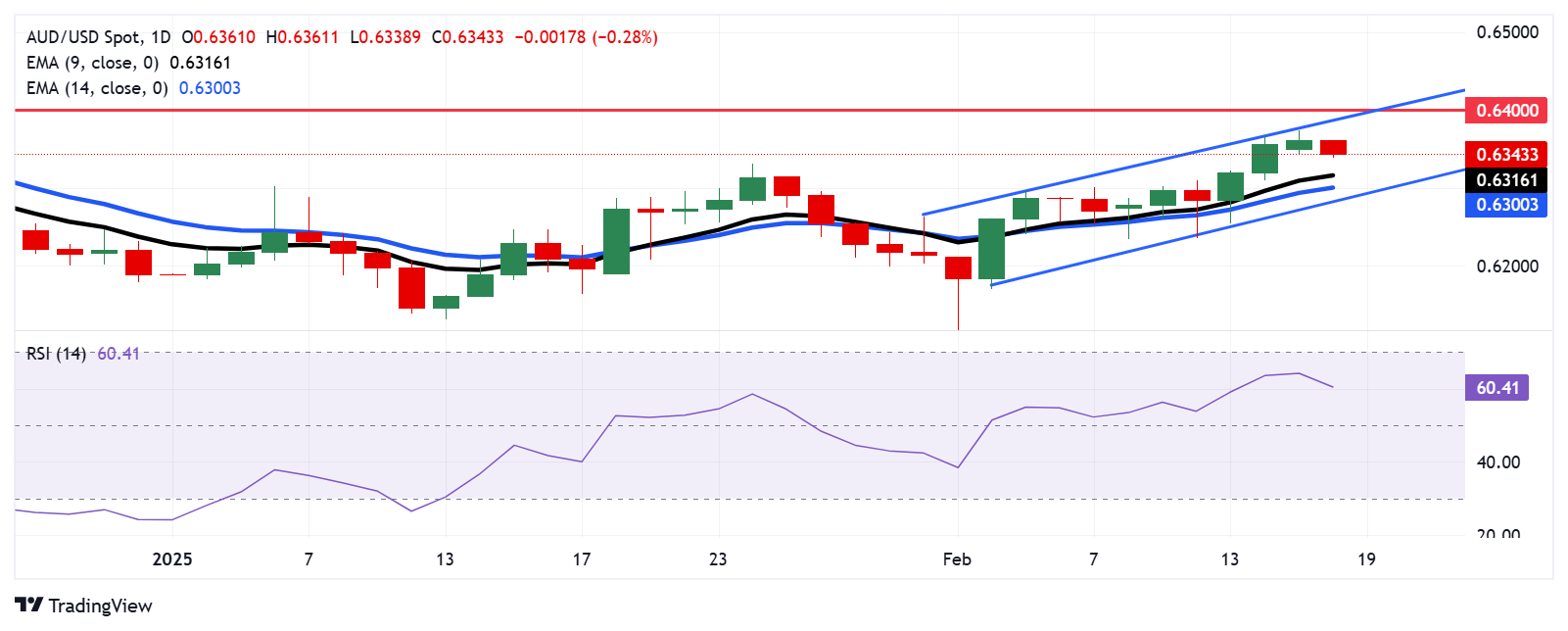The Australian dollar traded steady on Tuesday as Reserve Bank of Australia (RBA) Governor Michele Bullock refrained from signaling a clear victory over inflation. While markets had hoped for more definitive guidance on future rate cuts, Bullock’s cautious stance suggested the central bank remains watchful of lingering price pressures.
Despite recent improvements in Australia’s inflation data, Bullock emphasized that underlying risks persist, keeping the RBA on guard. She noted that while inflation has moderated, it remains above the central bank’s 2-3% target range, warranting a careful approach to monetary policy. This cautious outlook prevented the Australian dollar from gaining significant traction.
Investors had been looking for any indication that the RBA might consider rate cuts later this year, but Bullock’s remarks failed to provide such clarity. Instead, she reiterated the bank’s data-dependent strategy, keeping financial markets guessing about the timing of any potential policy shifts. As a result, traders adjusted their positions, leading to range-bound movement in the Australian dollar.

AUD/USD 1-D Chart as of February 18, 2025 (Source: TradingView)
Meanwhile, external factors continue to influence the currency, with global risk sentiment and U.S. dollar strength playing a key role in determining near-term direction. A stronger greenback, fueled by resilient U.S. economic data, has limited upside potential for the Aussie, even as domestic conditions show signs of stabilization.
Despite the lack of immediate policy shifts, analysts believe the RBA’s wait-and-see approach will provide some stability to the Australian dollar. However, any unexpected upside in inflation or labor market tightness could prompt a more hawkish stance, potentially delaying future rate cuts and supporting the currency in the months ahead.
Looking forward, traders will closely monitor upcoming economic releases and RBA commentary for fresh clues on policy direction. Until then, the Australian dollar is likely to remain in a tight range, reacting to shifts in both domestic economic indicators and global market dynamics.













